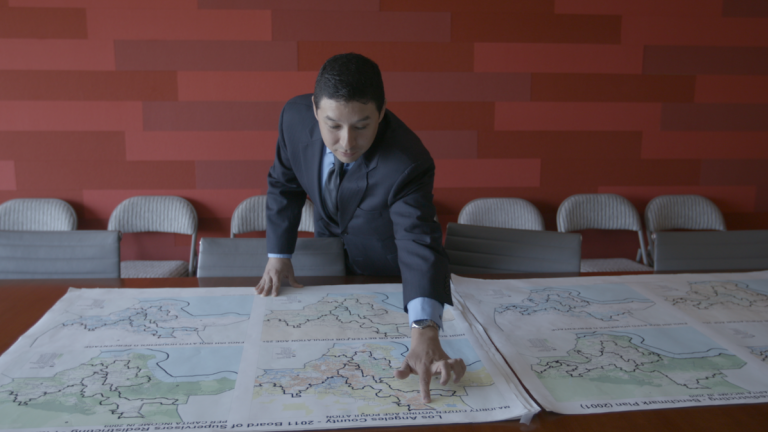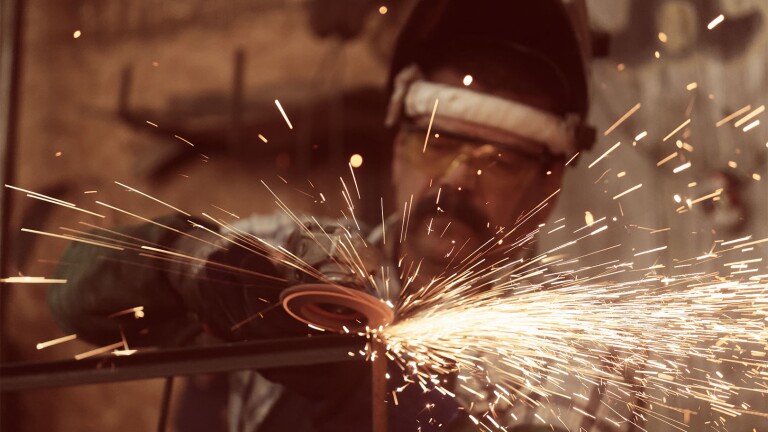
Local Study Pinpoints Hotter Temperatures From Global Warming, Right Down to the Neighborhood
If we don't move quickly on climate change, what's likely to happen to Southern California in the coming years? Some of our best academic minds have been thinking about that question for years, and the scenarios are scary.
Transcript:
Brian Rooney: Thousands of environmental activists marched in Washington and Los Angeles Sunday in a call for action on climate change and global warming.
Activist: What we hope to do is to draw attention to the fact that we have to stop relying on fossil fuels to govern the entire world economy. And we need to start cutting back on the amount of carbon that we put in the atmosphere.
Rooney: Last year was the warmest on record in the United States, according to the National Oceanographic and Atmospheric Administration, NOAA. In 2012, the country as a whole was 3.2 degrees above normal and 1 degree above the previous record set in 1998. It was also a year of extremes -- hurricanes and floods -- another sign of disturbances and weather caused by global warming.
Activist: It's a long-term solution, not a short-term one. It's for the longevity of the entire planet.
Rooney [to activist]: You expect you'll be living with it all your life?
Activist: Oh yeah! Sure!
Rooney: The term "global warming" makes the problem sound like it is happening somewhere else. So scientists at UCLA recently published a study that brings it home.
Alex Hall/UCLA Professor: Nobody really cares how warm the globe is. People care about how warm it is in their environment. So one of the goals of the study was to bring this information down to the neighborhood scale and provide data that they could use.
Rooney: UCLA professor Alex Hall says that, in a way, global warming is local warming, and you're going to feel it here in Southern California. He estimates that temperatures around Los Angeles will rise an average four to five degrees by the middle of the century.
He says he can actually pinpoint what local temperatures will be and where. Santa Monica for instance, up just shy of four degrees. Here in Pasadena, up just over four degrees. Out in the desert, Palmdale and Lancaster, almost five degrees warmer than it is now. But the biggest rise in temperature will be up in the mountains of Big Bear and Wrightwood, because of snow loss, almost five degrees warmer than it is now. The loss of snow has more impact than you might expect.
Hall: At high elevations especially, we do see enhanced warming mainly due to this process of snow retreating and leading to more absorption of sunshine at the surface.
Rooney: And it's not just higher temperatures. It is more days of the hottest weather. Hall projects that depending on where you are, the number of days when the thermometer goes over 95 will increase two to four times.
Downtown Los Angeles, up from 1.4 days a year to 4.6. Eagle Rock, up from two to six. Sylmar, 6.8 days to 25 days. And Porter Ranch, from 8 days to 30 days. Both those towns nearly four times the number of days over 95 degrees.
Hall: People really experience the effects of warming temperatures, not so much through the change in the average temperatures, but more through the changes in the number of the extremely hot days. Those are the days that people feel the most impacted by an overall warming.
Rooney: So the voice of environmentalists might one day bring long-term change, but for the near future, they are going to be marching in hotter weather.




















